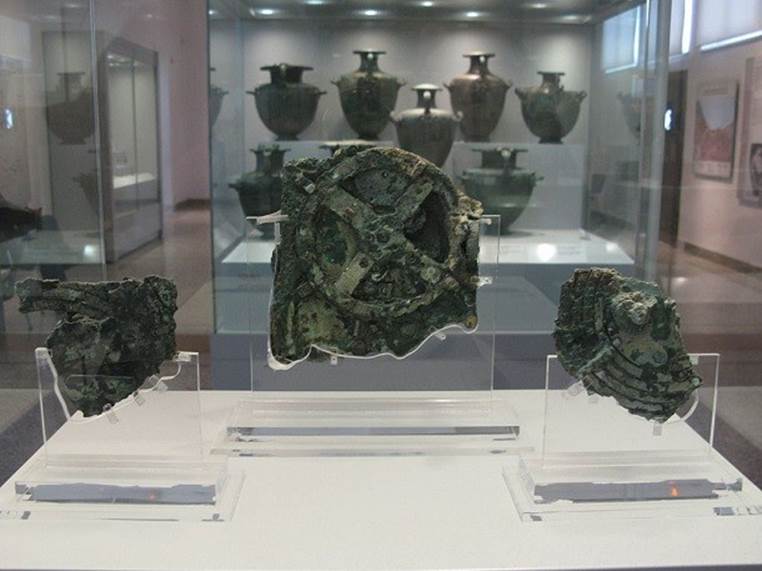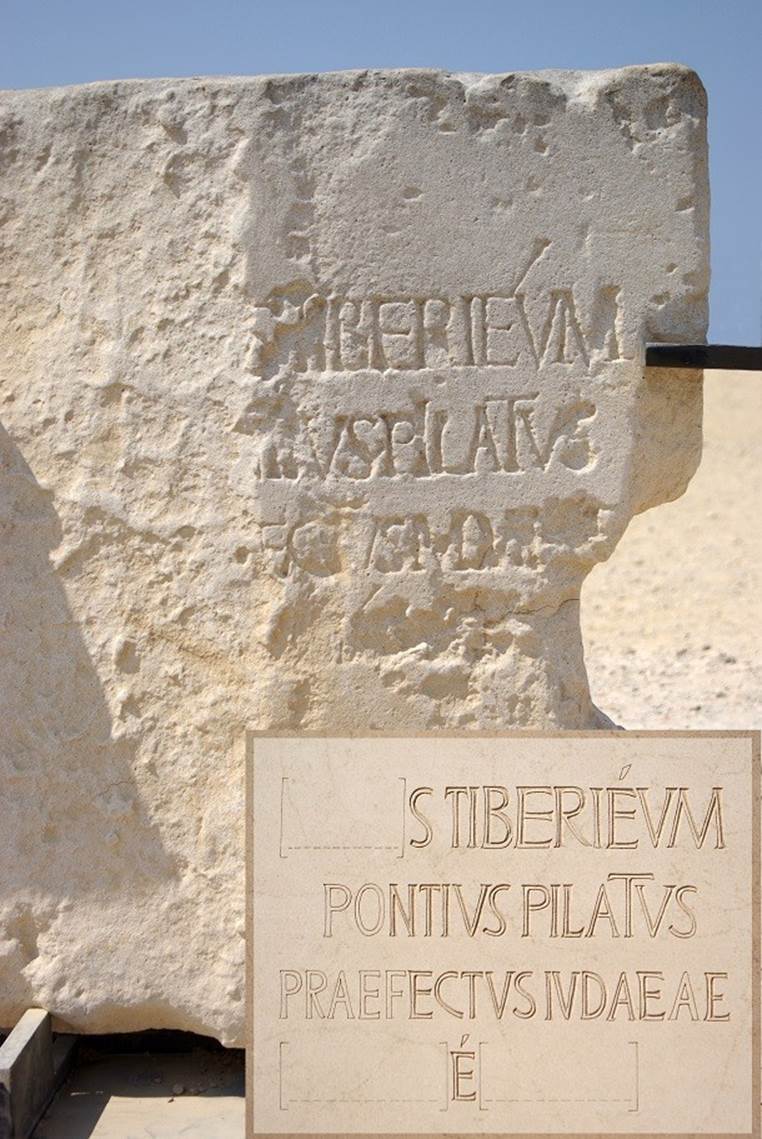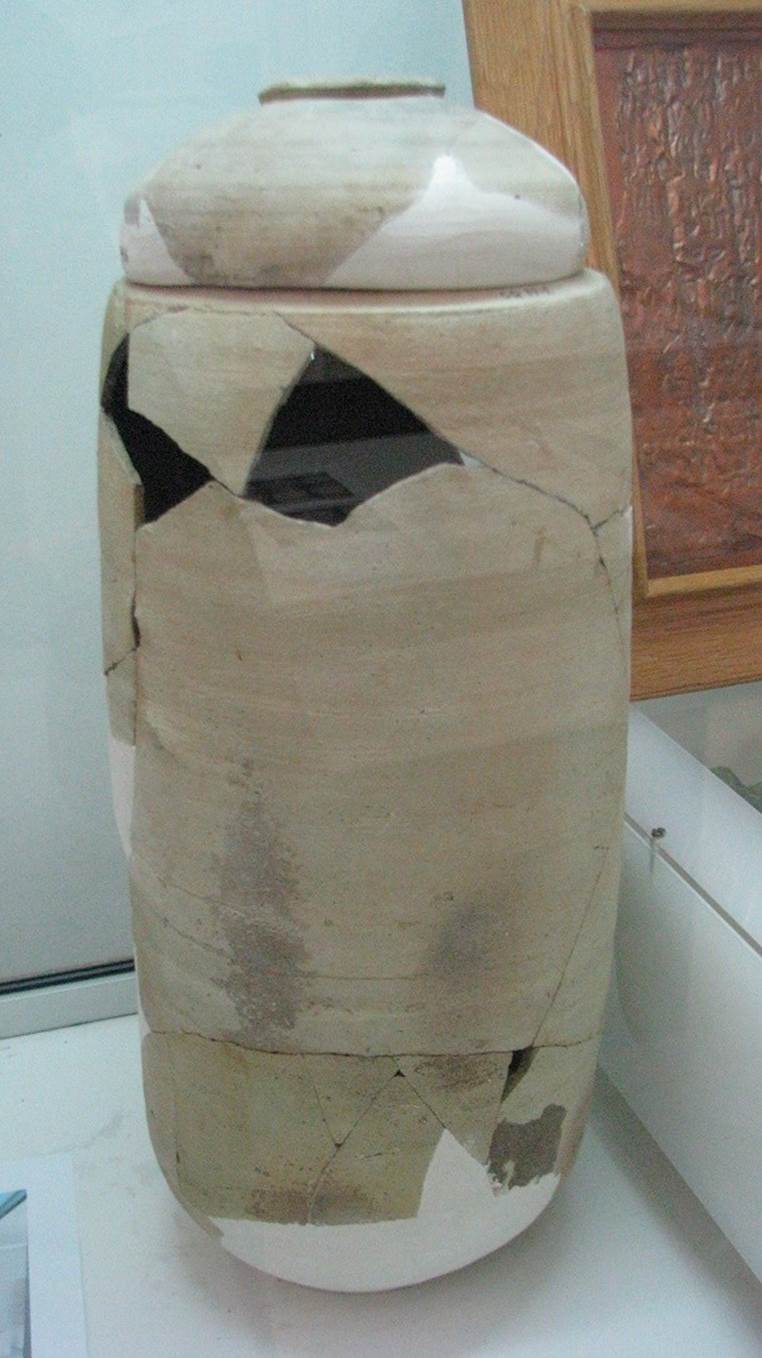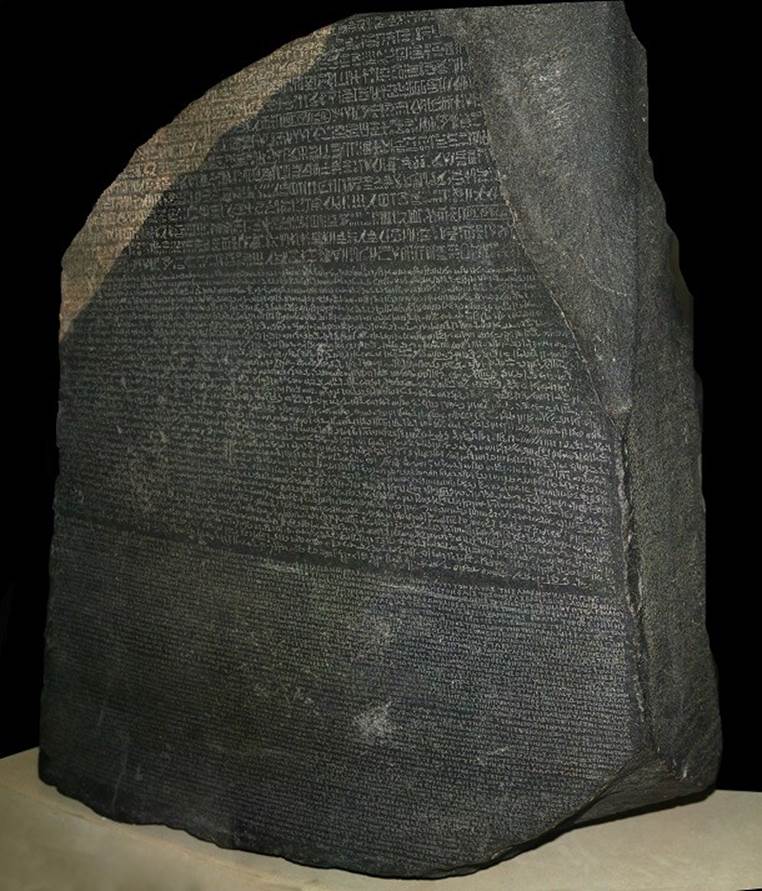ARCHAEOLOGICAL FINDS
Added on: 6th Mar 2016
RAPA NUI

The name for both the island and the people who lived there,
Rapa Nui (AKA Easter Island) is a Pacific island rife with mystery.
The most remote inhabited island on Earth, Rapa Nui is
famous for its unique artistic design (free of any external influence)
of ahu – ceremonial platforms – and moai – massive statues which
represented Rapa Nui ancestors. Easter Island was first settled by
Polynesians in the 4th century and had 3,000 natives when the
Spanish first arrived in 1770. (The Dutch arrived earlier, in 1722,
but did not count the population.) The population was decimated
to 111 inhabitants barely a century after this first census. Today,
the island still has a permanent population which is sustained
primarily through tourism.
ANTIKYTHERA MECHANISM

Highly regarded as an ancient Greek computer, the Antikythera
Mechanism is one of the most amazing archaeological discoveries
in history. When it was found at the turn of the 20th century,
scientists were unable to determine its purpose for another
70 years. At least 1,500 years ahead of its time (you can imagine
what alien theorists think of it), the Antikythera Mechanism
was an astronomical clock which precisely traced the movement
of the heavens with rotating hands, interlocking gear wheels and
multiple dials. Scientists are still wondering how the Ancient Greeks
could have developed something so advanced.
THE PILATE STONE

Formerly used as part of a theatre’s staircase, the Pilate Stone is the
only widely-accepted evidence of the existence of Pontius Pilate.
Found in Caesarea Maritima, the stone’s inscriptions date it to about
26-37 A.D. Known for trying Jesus Christ, Pontius Pilate likely lived
in Caesarea Maritima as it was the administrative capital of the
area (replacing Jerusalem in 6 A.D.).
BAGHDAD BATTERY

Originally hailed as a two-millennia-old example of early human
ingenuity, the Baghdad Battery (found just outside of Baghdad)
was believed to generate an electrical current, possibly for plating
metal onto objects. The theory has been widely discredited with
modern archaeologists claiming the item was a vessel to store scrolls.
ROSETTA STONE

The Rosetta Stone unlocked our understanding of the Ancient
Egyptians. Finally allowing archaeologists to decipher hieroglyphs
(the stone was written in three languages: Ancient Egyptian
hieroglyphs, Demotic script, and Ancient Greek), the Rosetta Stone
has been displayed at London’s British Museum since 1802.
Since its discovery, other multi-lingual inscriptions have been
found, thus making the Stone not unique in itself beyond
being the first one found.
THE GRAUBALLE MAN

About thirty years old when he died, the Grauballe Man was found
over two thousand years later, nearly perfectly preserved. “One
of the most spectacular discoveries from Denmark’s prehistory”,
this corpse was found in a peat bog and has been dated to the
3rd century B.C. Examining his corpse, scientists believe he was a
human sacrifice, common at the time, as his throat was slit open
from ear-to-ear.
NEWGRANGE

Older than both Stonehenge and the Egyptian pyramids, Ireland’s
Newgrange is one of the most important megalithic structures in
Europe. Built between 3000-2500 B.C., the large, circular mound has
an interior chamber which is illuminated only on the winter solstice
(December 21st). Though not entirely sure of its original purpose,
scientists believe this archaeological discovery could have been
a religious centre. The site is so popular that Irish families and
visitors have to win the equivalent of the “Charlie and the Chocolate
Factory” golden ticket as only 50 people (plus a guest) win the
lottery to see Newgrange from the inside on the winter solstice.

Comment on this